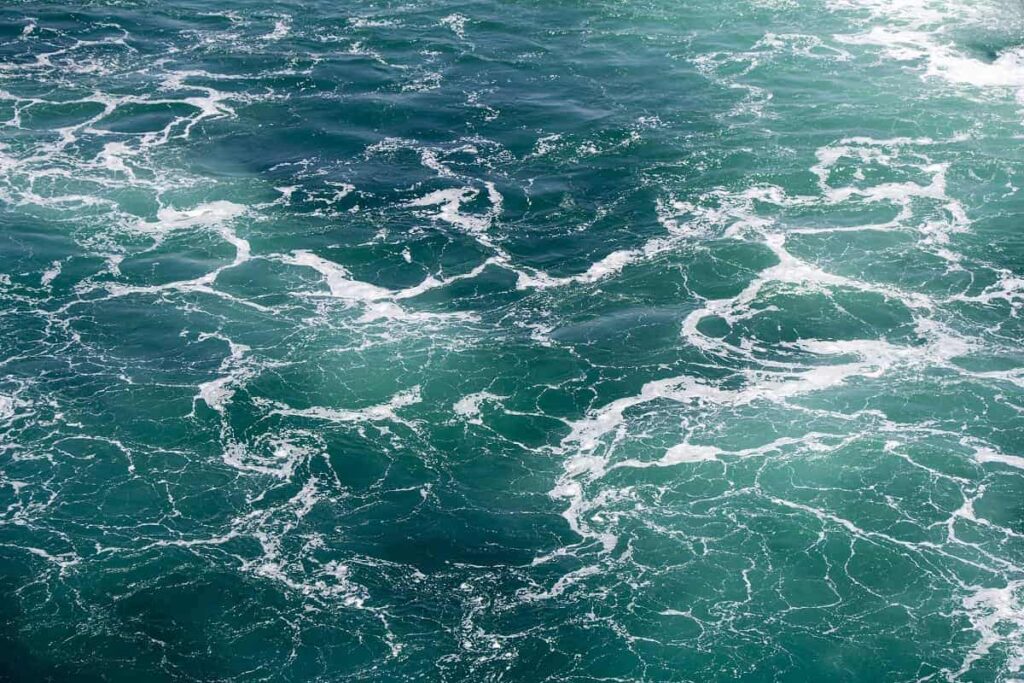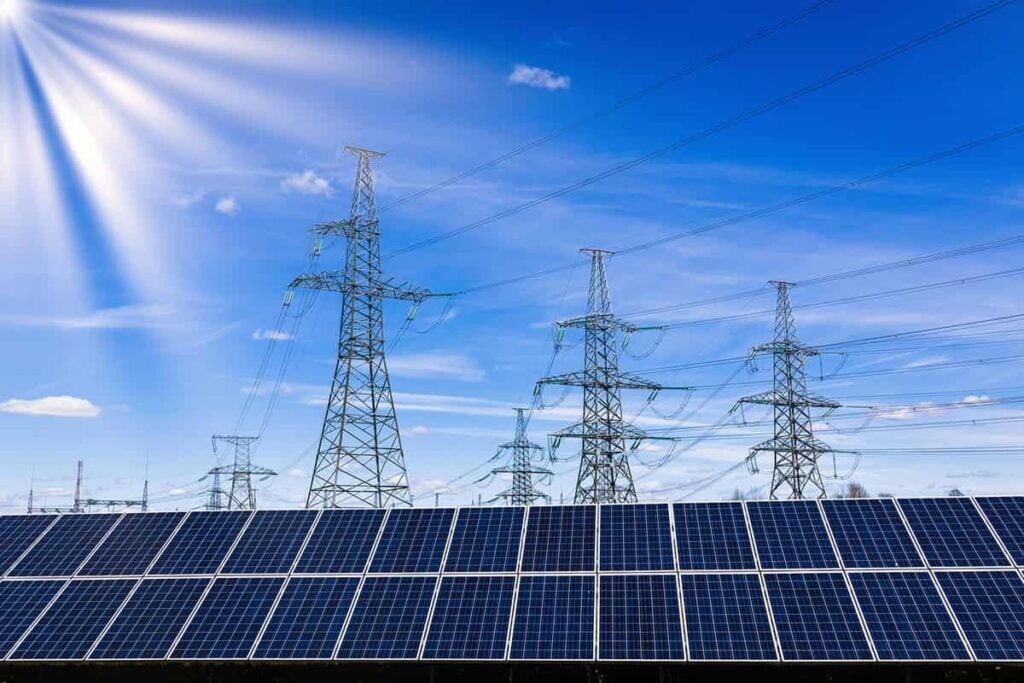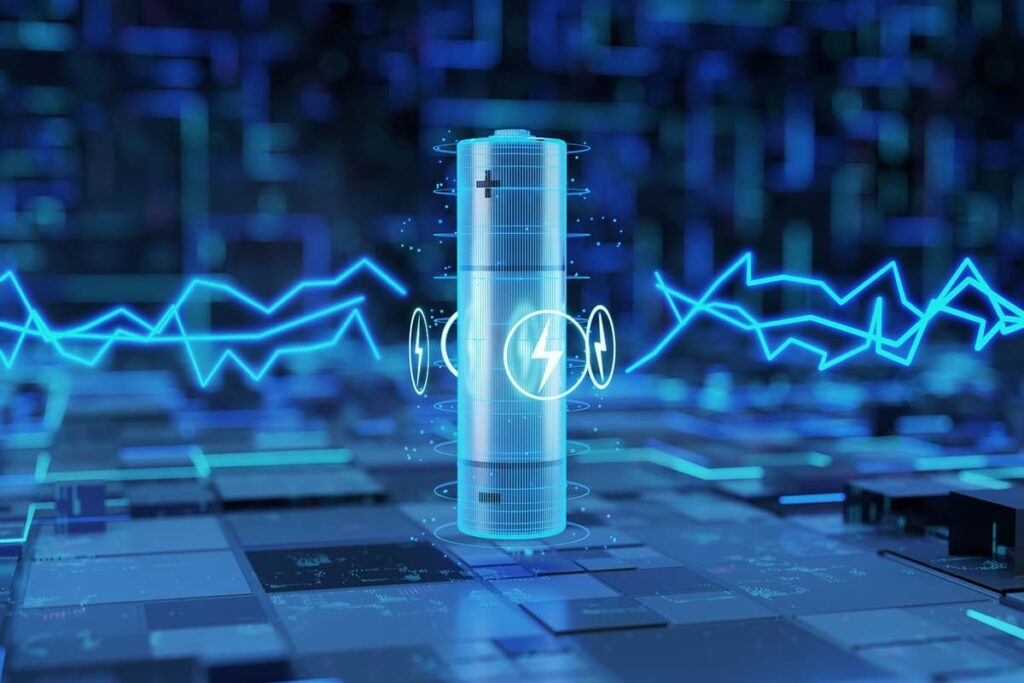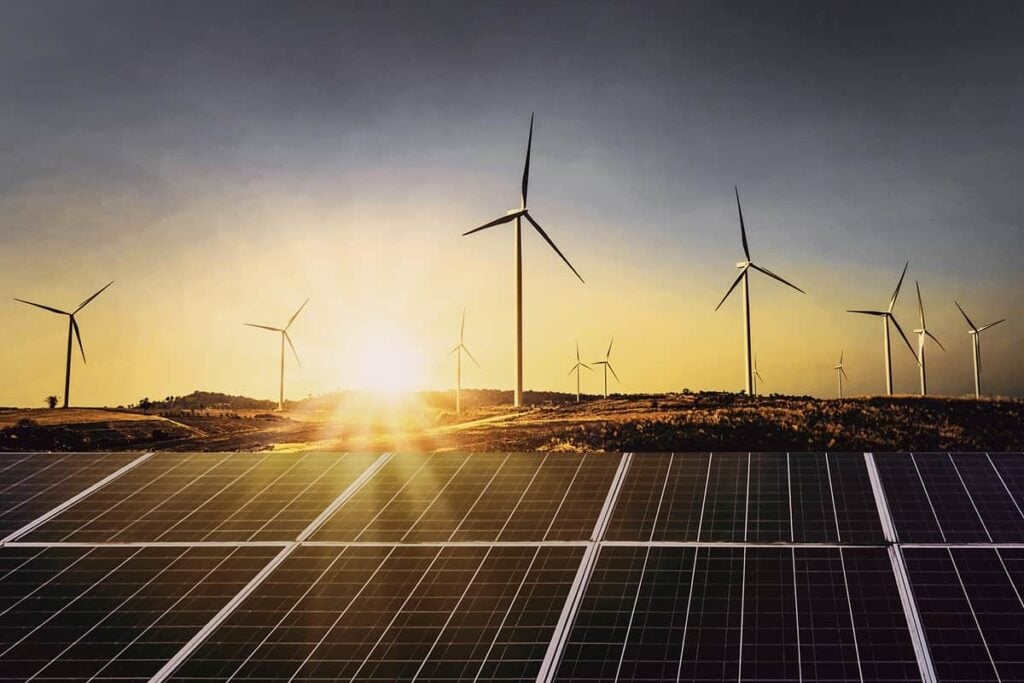Aquion Energy’s Saltwater Batteries
Table of contents
Table of contents

As alternative energy sources such as wind and solar become more widely adopted, the problem of energy storage has become a hot topic since the power being provided is intermittent as is the energy being consumed. Typically, wind and solar farms are backed up by natural gas plants that can provide a level of stability in the energy output. This has created the need for a grid battery that can store many hours’ worth of energy from solar and wind power at a very low cost. According to an article by the MIT Technology Review, 99 percent of grid storage takes the form of “pumped hydro” in which water is pumped uphill to a reservoir and released to turn a generator when energy is needed. This method provides less than 1 percent of the power capacity in the United States on any given day. One startup looking to address this problem is Aquion Energy.
About Aquion Energy

Technology
The makeup of Aquion’s battery technology is ultra low cost using only base oxide, carbon, cotton, and saltwater. The smallest battery configuration offered is the S10 battery stack seen below:
The S10 battery stack is made up of 7 B10 batteries, each of which can undergo greater than 3,000 cycles, operate at temperatures of -4 to 40 degrees Celsius, and self-discharge at less than 2% per month. These batteries are unique in that they do not need to be immediately charged once they have been discharged and because they are non-toxic, non-corrosive, and contain no heavy metals, can be disposed of as ordinary trash. The extremely long cycle life, deep depth of discharge and extensive fault tolerance make these batteries an ideal choice for stationary, deep cycle, long-duration applications such as energy storage for wind and solar farms.
Conclusion
Last month Aquion announced that Siemens purchased a shipment of its grid batteries and it will be testing those batteries with Siemen’s power inverter technology. The idea is that if Siemens deems the batteries to work as advertised, they may eventually bundle the batteries with their power grid infrastructure and sell it to customers like solar farm developers. With strong backing and interest shown from the likes of Siemens, Aquion is a company to watch going forward.
Sign up to our newsletter to get more of our great research delivered straight to your inbox!
Nanalyze Weekly includes useful insights written by our team of underpaid MBAs, research on new disruptive technology stocks flying under the radar, and summaries of our recent research. Always 100% free.
















Aquion is miss-spelled in the articles title.
how is disposal handled. what happens if one of the stacks is punctured. what prevents a puncture of the stack?
Thank you very much for pointing that out. It has been fixed.
Interesting article. Always nice to read about new technological developments and different kind of batteries.
Aquion just completed a $55 million Series D financing round including Bill Gates himself. They expect commercial launch in 2014.
Recent article by MIT Technology Review on how production has started:
Startup Thinks Its Battery Will Solve Renewable Energy’s Big Flaw. Aquion has started production of a low-cost sodium-ion battery aimed at making renewable energy viable.
this company only plans to sell this product to industry and not for homes. now you know why bill gates is a pseudo humanitarian, he knew this fact.
Actually, they do sell to private homeowners through Real Goods in CA.
Thanks for the comment Tim. Are these available online? I didn’t see them on the Real Goods website.
https://www.altestore.com/store/deep-cycle-batteries/saltwater-batteries/aquion-energy-saltwater-batteries-p40483/#specs
Thank you for that Bob. Great to see they are selling!
Realize all graphite is carbon, but not all carbon is graphite.
Is graphite the carbon used in Aquion’s battery?
Thank’s for pointing that out George. No mention of graphite or graphene was made in the article as we didn’t find any information pointing to just what form of carbon Aquion is using for their batteries.
When do they expect to IPO?
We’ve haven’t come across any indications as to if or when they intend to IPO.
What is the overall charge discharge efficiency of this battery?
I’m having a lot of trouble finding out the answer to a couple of simple questions. Is the battery available in Canada and what is the approximate cost per stack. I understand the price will vary from dealer to dealer, but please give me some idea of the cost.
Is Aquion Energy available on any Stock Exchange or will there be an IPO? Have they solved the hydrogen problem?
Aquion Energy filed for bankruptcy in 2017 and the remaining assets were bought by the Chinese. That’s the last update we heard.